Cholesterol is like bubble wrap for your cells — it’s like a biological shock absorber that reinforces cells and gives them extra protection when they are stressed.
It makes sure cell membranes don’t become too rigid (brittle) or too fluid (leaky).
It’s usually seen as a problem that needs to be controlled and reduced, but its elevation is just the body’s way of maintaining or restoring balance.
What is Cholesterol?
Cholesterol acts as a structural reinforcement for cell membranes, it also is used to produce hormones (testosterone, estrogen, cortisol), and it’s vital for myelin sheaths, or nerve cells insulation.
Cholesterol gets packaged up in lipoproteins in the liver in order to travel through the bloodstream.
This lipoprotein covering allows it to fuse into any cells that are imbalanced or in distress (because all cells have lipoprotein membranes as well).
Cholesterol and Hormones
Hormone production doesn’t rely on chemical reactions, its the product of a cyclical build up of and release of collective cellular energy in certain cell groups around the body, determined by light, scent and the circadian rhythm.
So imagine a church bell that rings every hour and plays a little jingle at noon to let everyone know what time it is and help everyone stay in sync or in resonance.
Your cells are like the church bells and your hormones are the sound waves they produce — they’re not chemical, but they’re an energy that communicates and creates resonance.
So in order for your cells to be able to produce their church bell sound, they have to have to be able to build up energy so it can be released.
Cholesterol reinforces the membrane, stabilizing the cell so that there is no energy loss. This is why they call cholesterol a precursor to hormones - it doesn’t turn into a hormone in a chemical sense, but it corrects cells so that they can maintain hormone production.
But cholesterol isn’t only important for cells that need to produce signals, its also vital for cells to be able to receive them.
Cholesterol Is Vital
Beyond stabilizing cells and supporting hormone communication between cells, cholesterol also acts as a buffer against external energy.
Their stable structure absorbs and stabilizes excess energy, allowing them to protect the cell from external EMFs that could interfere with DNA or communication.
This is why cholesterol is vital for brain and nerve cells: it helps stabilize and dissipate electrical activity, and prevents overstimulation from external electromagnetic exposure (like from WiFi, bluetooth, cell towers, etc).
Good Vs. Bad Misconception
You’ve probably heard that LDL is the “bad” cholesterol and HDL is the “good” cholesterol — but that’s misleading.
Cholesterol is a dynamic system, not a static good vs. bad molecule — and cholesterol isn’t either HDL and LDL, those are just the vehicles that either carry it to cells in need, or remove excess and return it back to the liver.
LDL: Transporter and Repair
LDL is like your cholesterol delivery system — the reason it is less dense is to that it can be easily taken into cells.
It transports cholesterol from the liver to be taken wherever cellular repair or support is needed.
We’re told it’s the bad guy or the culprit for deposits building up in blood vessels, but LDL is actually vital because it makes the membrane stronger, more stable, and better at conducting charge.
In order for LDL to be capable of collecting into plaques, it has to be destabilized. So how would this happen?
Once LDL enters a cell, the cholesterol inside is incorporated into the membrane bilayer, as is the lipoprotein.
Since LDL merges into the membrane, in order for it to undergo a structural change that alters its charge, the entire cell must be significantly damaged.
This damage can be caused by either chronic inflammation, acute cytokine storms or oxidative stress.
Oxidative stress is important to stress (ha) here because it has the ability to destabilize LDL before its able to be absorbed by cells in need — and once its been damaged it can’t be used.
Oxidation is caused by molecules (free radicals) which are seeking an electron to steal. If they steal it from LDL, it turns from stable to sticky.
LDL’s outer layer is made up of unsaturated fats and phospholipids — but your body actually prefers to use broken down saturated fats rather than unsaturated fats.
This is because unsaturated fats are extremely vulnerable to oxidation, and if oxidized PUFAs integrate into cell membranes, they weaken the membrane structure, making it more prone to damage and permeability issues.
The body self-regulates cholesterol production, so dietary consumption saturated fat does not inherently raise harmful cholesterol levels — but it certainly will give your body the tools to metabolize health lipids that are less likely to oxidize before they reach the cell.
HDL: Recycling & Anti-Inflammatory
So where LDL transports cholesterol to cells, HDL cleans up extracellular cholesterol and picks up cholesterol that cells expel to their membrane so that it can be brought back to the liver and recycled. HDL can’t pick up oxidized LDL, but it can neutralize it so it can’t collect into plaques.
HDL plays a big role in helping reducing oxidative stress and inflammation. It’s seen as “good” because it helps prevent buildup of excess cholesterol by ensuring there’s no build up — but LDL is equally, if not more, important for cellular health.
High LDL is not necessarily a sign of poor health or stroke risk, it’s just the body’s way of mitigating certain internal conditions, likely increased cellular repair needs.
High HDL indicates that the body is transporting more cholesterol back to the liver for recycling or elimination, it can be a sign of increased oxidative stress and increased cellular cholesterol turn over.
If LDL is high, consider the following:
Diet: Reduce free radicals and remove easily oxidized foods from diet, make sure you’re getting enough saturated fats so that lipid metabolism is supported and LDL is able to be absorbed by cells before oxidizing.
EMF exposure: Constant exposure to wifi, bluetooth and other artificial EMF can also put stress on cells which might require greater amounts of LDL to protect and stabilize. Try turning WiFi off at night, and ensuring cell phone is removed from bluetooth and WiFi.
Inflammation: Have you been experiencing any symptoms of inflammation or have you been sick recently?
If HDL is high, consider the following:
Diet: Same as LDL; also consider a 24 or 48 hour reset fast once a month so the body can clear out excess oxidative stress
Blood tests: Make sure platelet count and WBC are normal just to make sure liver is functioning well/not overwhelmed (this can cause it to be sluggish in picking up the recycling from HDL, prolonging its time in circulation)
EMF exposure: Same as LDL
Inflammation: Same as LDL
When are statins a good idea?
Statins artificially lower cholesterol by targeting an enzyme in the liver so that the liver cannot produce any cholesterol— this means they alter your cell’s ability to stabilize and your body’s ability to manage energy, detox itself and regulate inflammation.
They have horrific effects on the body’s ability to maintain hormonal balance, harming cellular communication and response ability.
But the real issue is statins’ effect on blood vessel strength. By lowering cholesterol too much, statins weaken cell membranes, making blood vessels more fragile and prone to rupture.




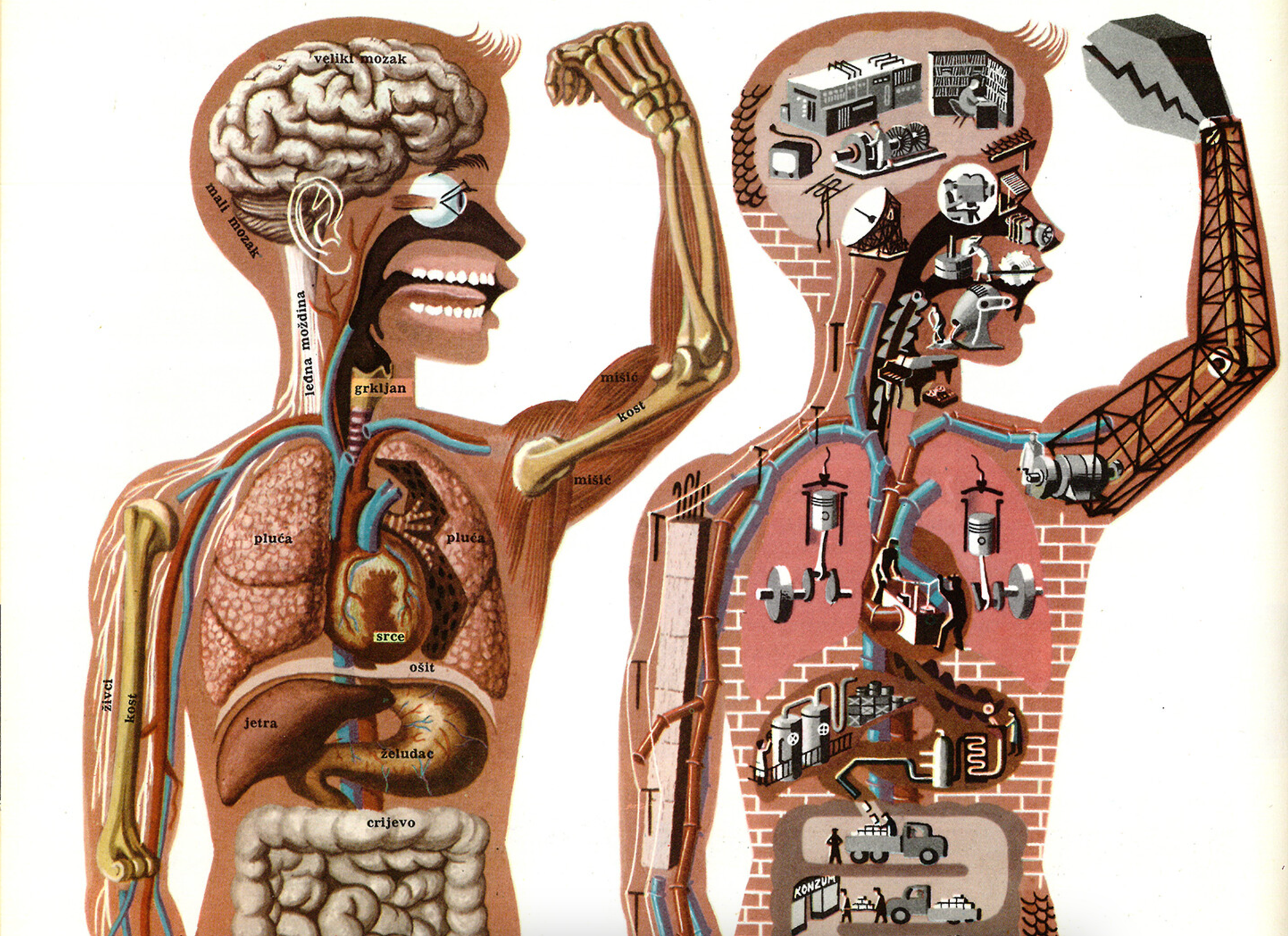
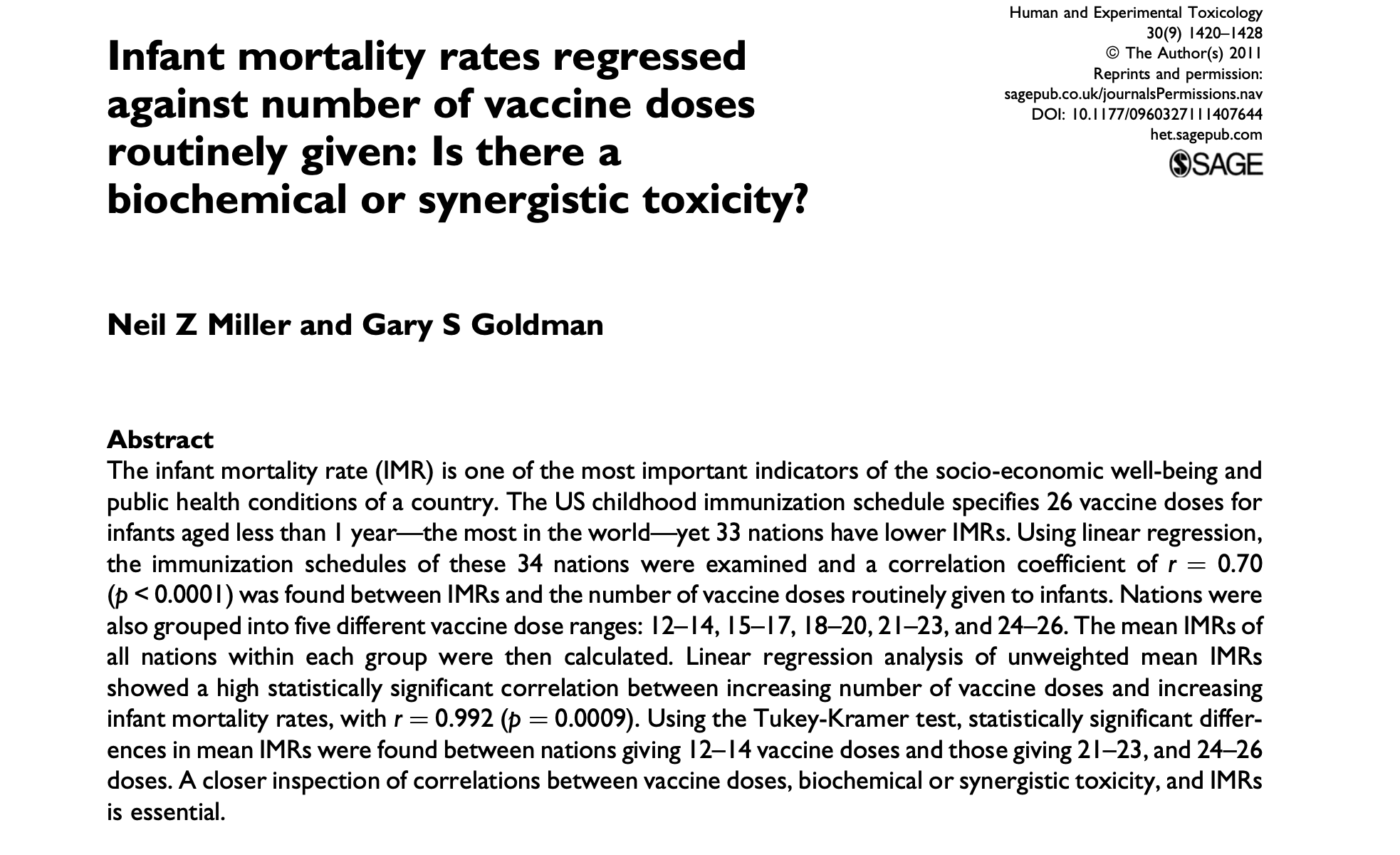
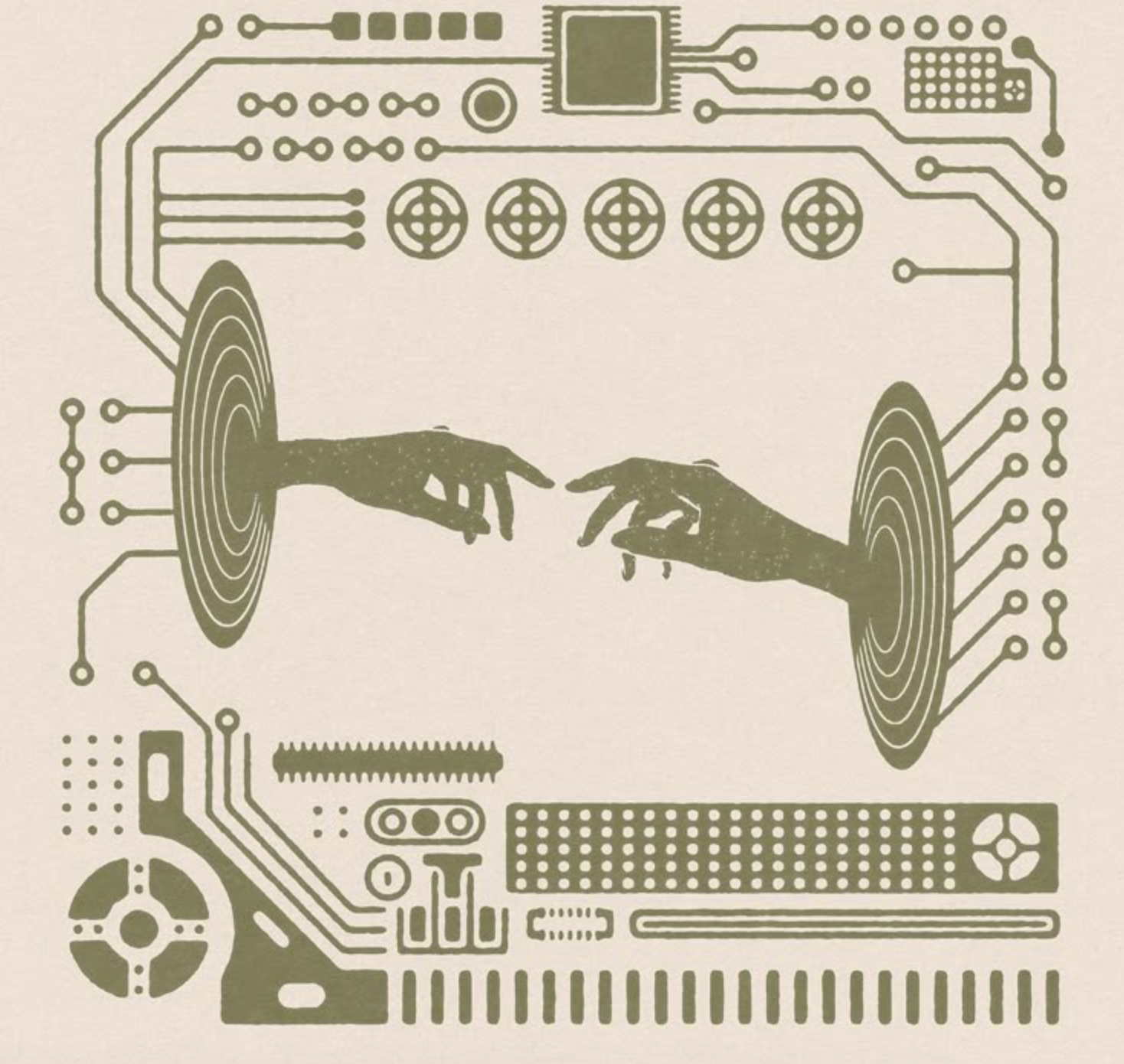

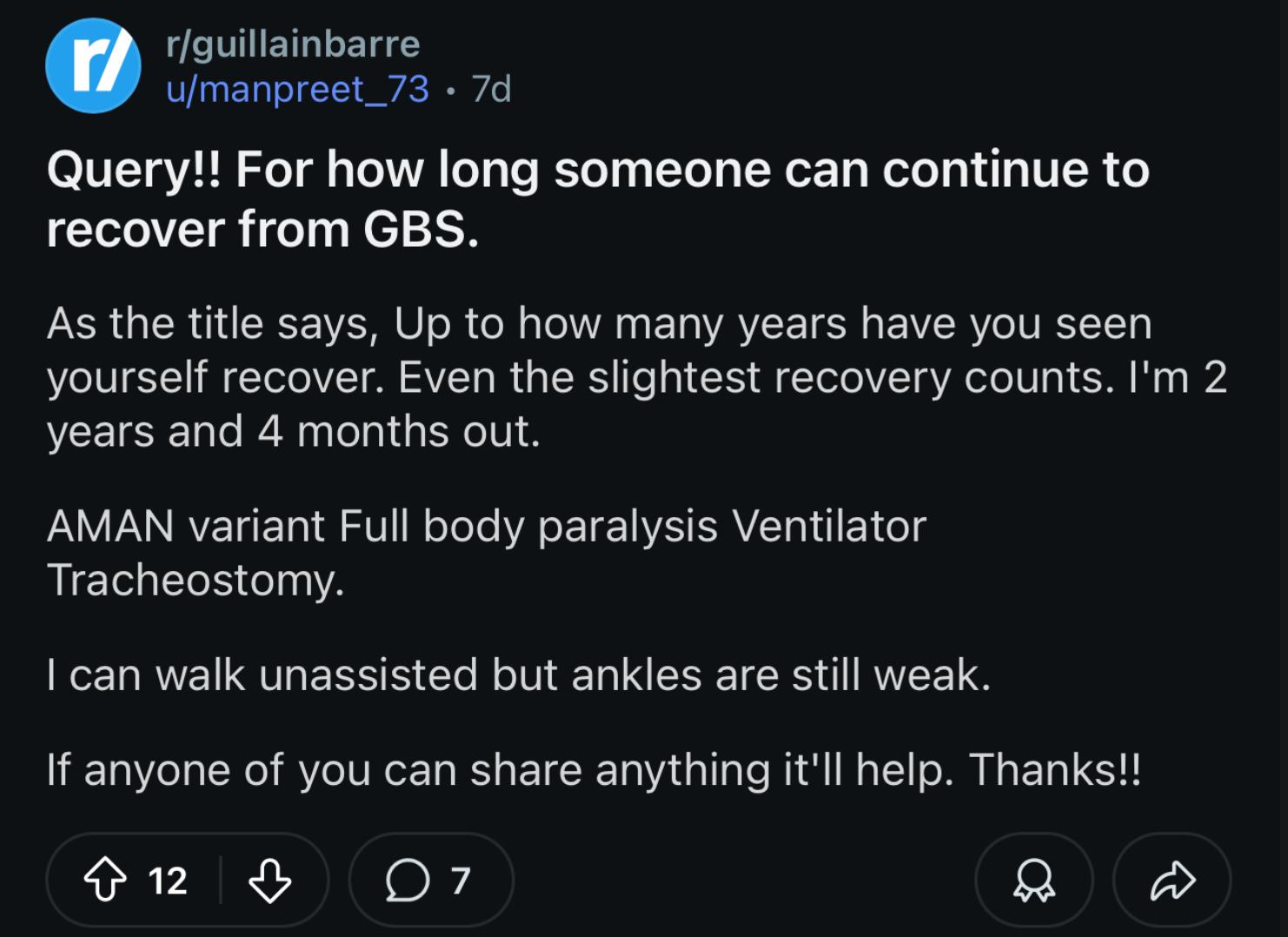



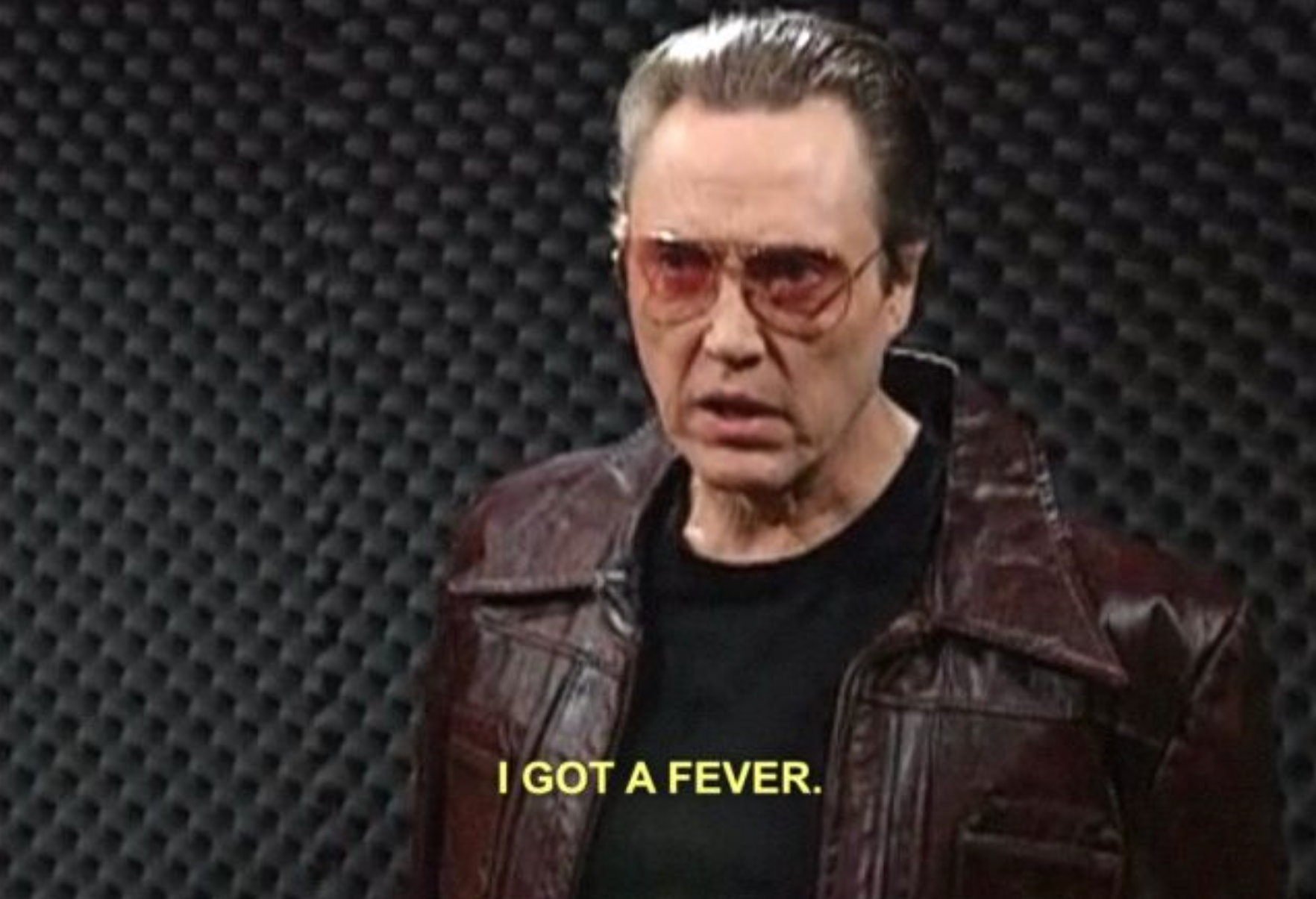
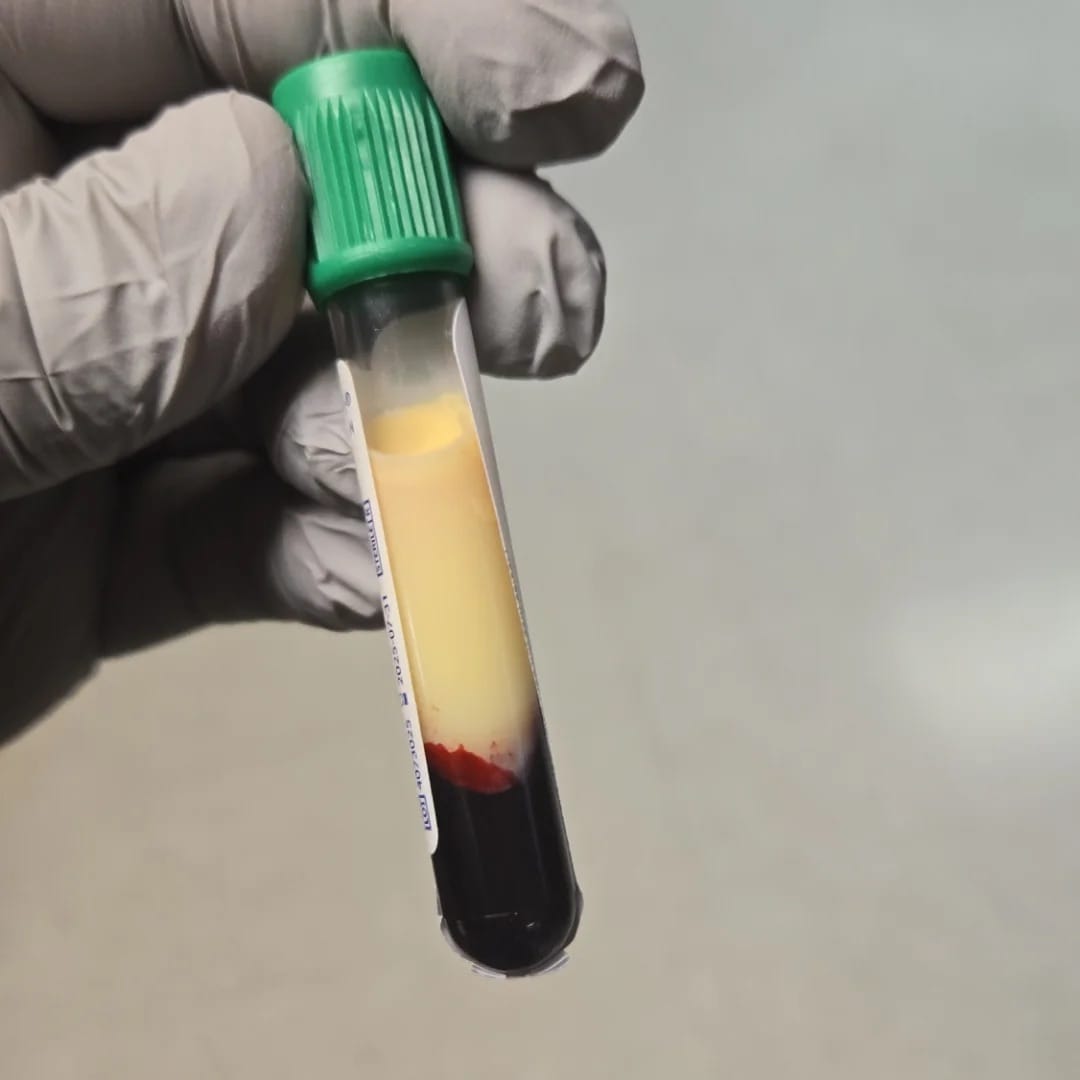
Discussion